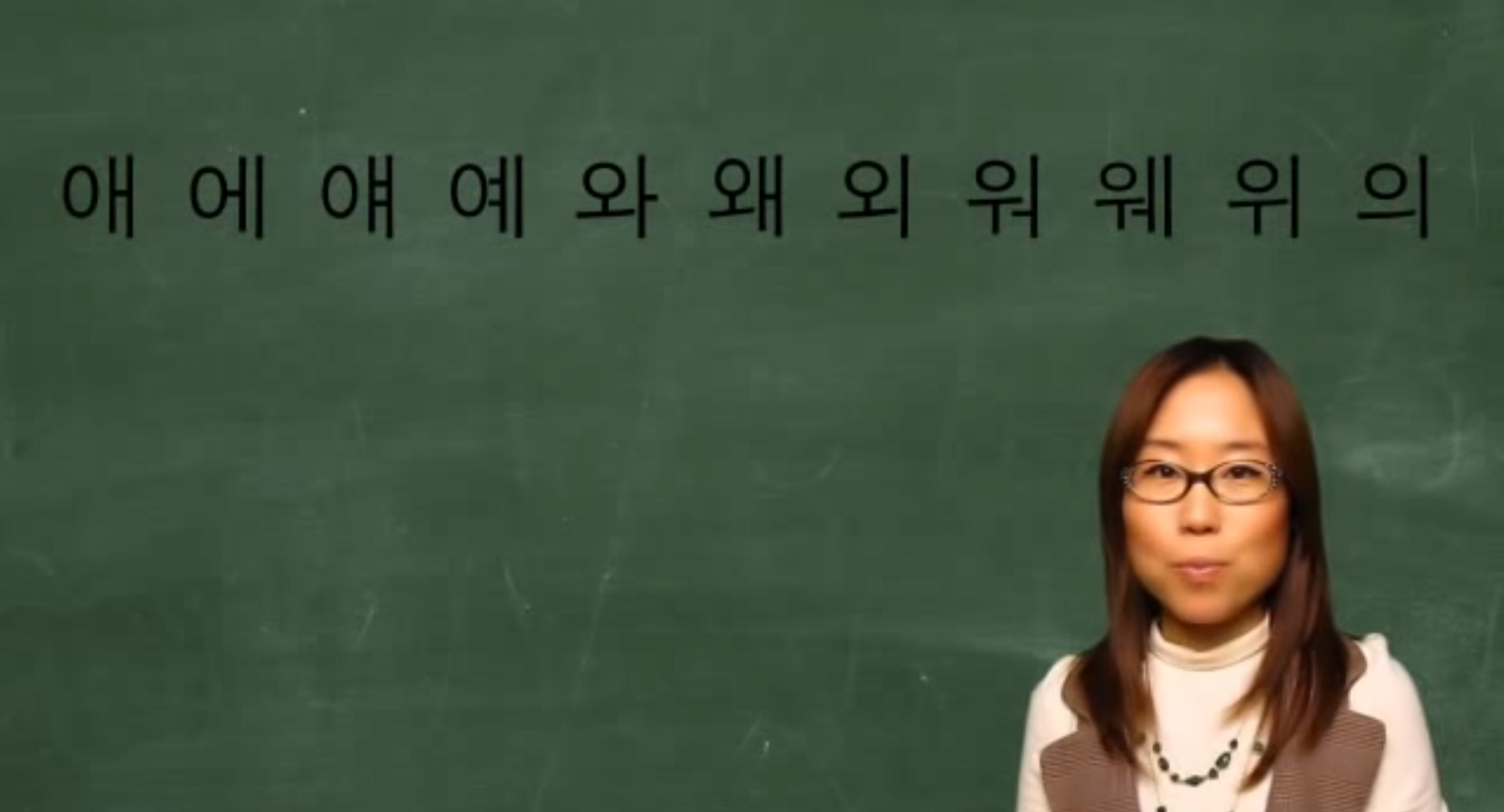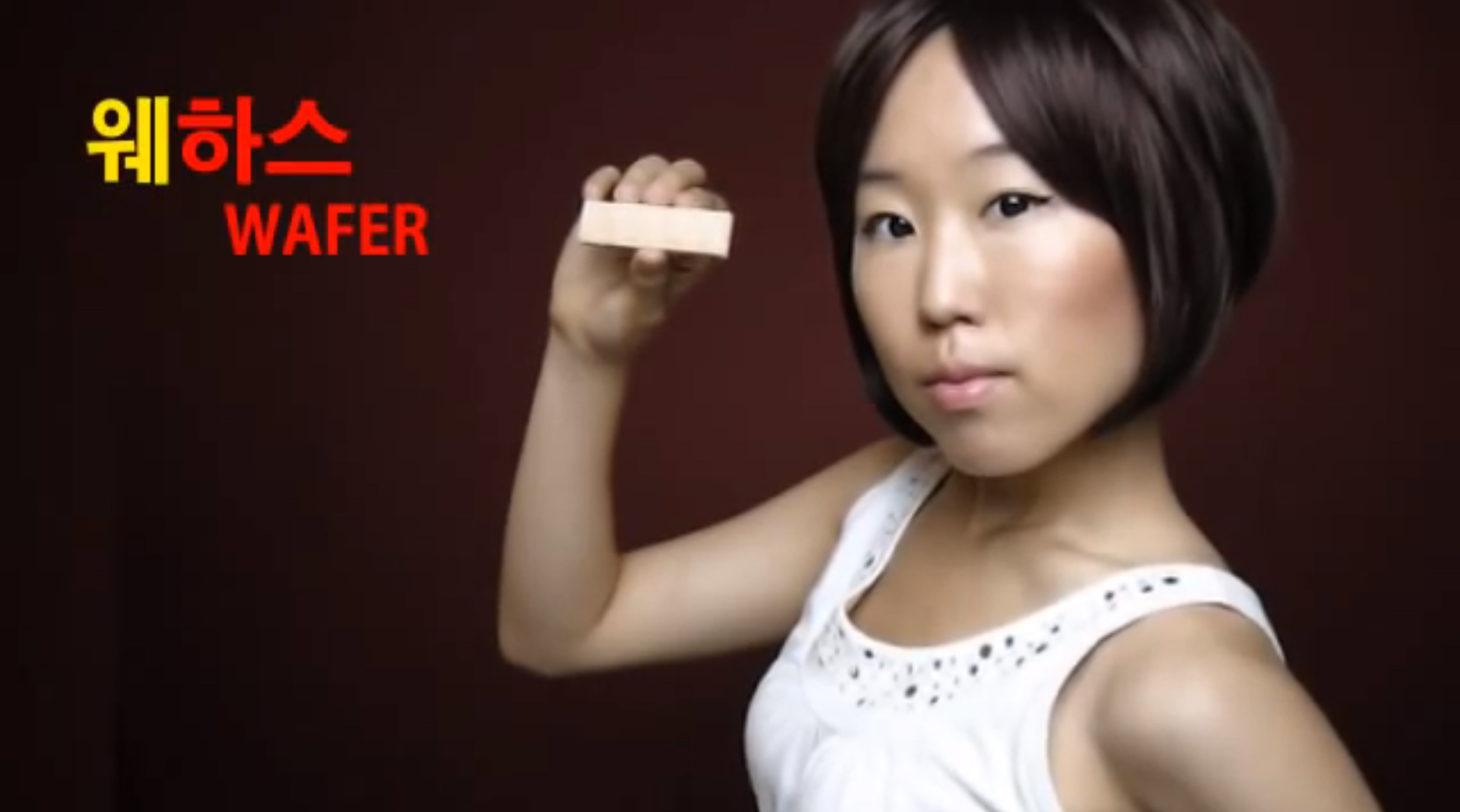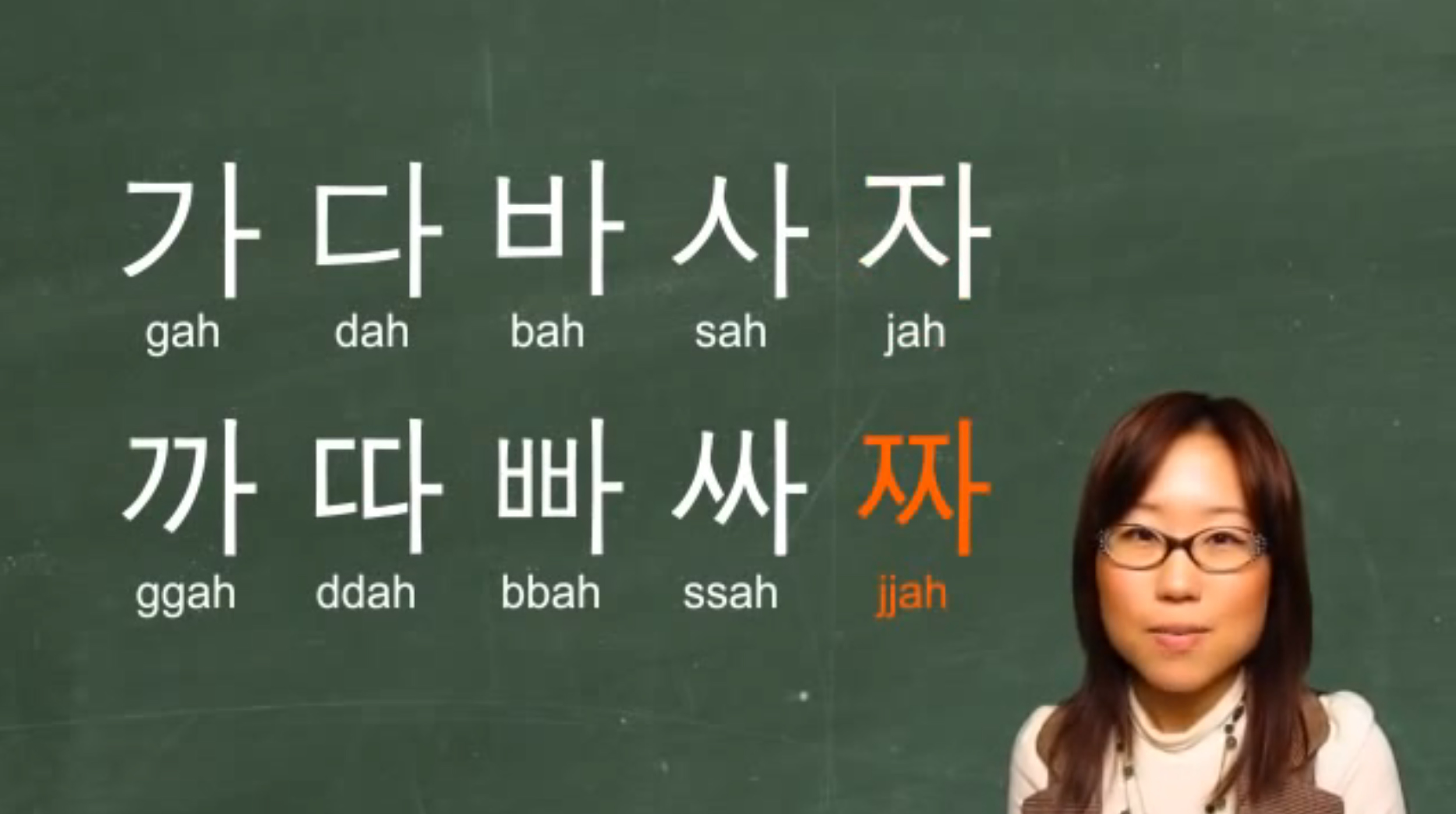Professor Oh teaches you the two number systems used in Korea: the Native & Sino-Korean Systems. When do you use what? Watch to find out:
The Native Korean Numbers:
1 = 하나 (ha-na)
2 = 둘 (dool)
3 = 셋 (seht)
4 = 넷 (heht)
5 = 다섯 (da-suht)
6 = 여섯 (yuh-suht)
7 = 일곱 (eel-gop)
8 = 여덟 (yuh-duhl)
9 = 아홉 (ah-hop)
10 = 열 (yuhl)
20 = 스물 (seu-mool)
30 = 서른 (suh-reun)
40 = 마흔 (ma-heun)
50 = 쉰 (shwin)
60 = 예순 (yeh-soon)
70 = 일흔 (eel-heun)
80 = 여든 (yuh-deun
90 = 아흔 (ah-heun)
100 = 온 (ohn)
When numbers go beyond 10, you create combinations. For example, to say the number 13, you'd combine 10 and 3 (see image below).
10 + 3 = 13
YUHL + SEHT = YUHLSEHT
What about the 20s, 30s and beyond? For example, you want to say 37. You combine 30 and 7 together (see image below).
30 + 7 = 37
SUH-REUN + EEL-GOP = SUH-REUN EEL-GOP
The Sino-Korean Number System:
1 = 일 (eel)
2 = 이 (ee)
3 = 삼 (sahm)
4 = 사 (sah)
5 = 오 (oh)
6 = 육 (yook)
7 = 칠 (cheel)
8 = 팔 (pahl)
9 = 구 (goo)
10 = 십 (ship)
11 = 십일 (ship eel)
12 = 십이 (ship ee)
13 = 십삼 (ship sahm)
14 = 십사 (ship sah)
15 = 십오 (ship oh)
16 = 십육 (ship yook)
17 = 십칠 (ship cheel)
18 = 십팔 (ship pahl)
19 = 십구 (ship goo)
20 = 이십 (ee ship)
30 = 삼십 (sahm ship)
40 = 사십 (sah ship)
50 = 오십 (oh ship)
60 = 육십 (yook ship)
70 = 칠십 (cheel ship)
80 = 팔십 (pahl ship)
90 = 구십 (goo ship)
100 = 백 (baek)
The Sino-Korean Number System is similar to the Native Korean System, however has its differences. Notice how the number 30 is literally 3 (sahm) and 10 (ship) combined together. Three tens make a thirty.
How do you say the number 21 using the Sino-Korean Number System? You say 2, 10 and 1. In this exact order. EE, SHIP, EEL.
To learn more about the Sino-Korean Number System and how to tell the date in Korean, you are invited to watch KWOW episode 15:






















